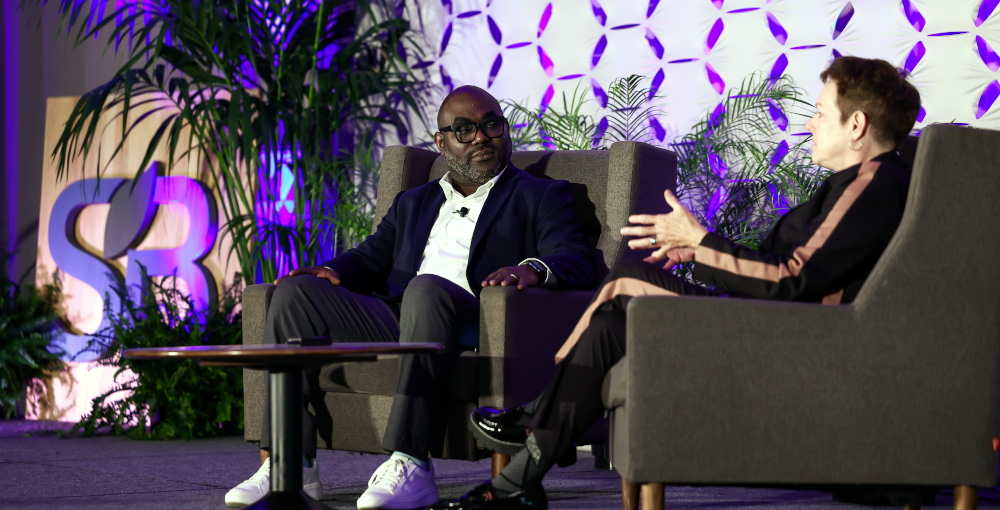Creativity – we all value it. But is creativity working as hard for your organisation as it could be?
This article is about creativity, yes, but I’m sorry to say you won’t find any awe-inspiring campaigns or best-of highlights from Cannes (for that, read this). This is about the boring side of creativity – the process, the management, the systems – and I’m going to share some tips on what we can learn from companies who embrace so called ‘systematic innovation’.
If you’re still with me, thank you. Now ask yourself a question: what is your company’s process for coming up with new ideas?
If, like me, you would say brainstorming, you wouldn’t be alone. Brainstorming is a common and well-known tool, used by pretty much everyone. I’ve come across many variants of the brainstorm over the years – walkstorms, winestorms, harpoon-storms.
Don’t mistake me, effective, well-organised brainstorming can lead to results (there are lots of articles you can read on this), but inconsistency is its downfall. Here are a few of the most common issues that you’ve probably thought, said or heard:
- It’s not my job to be ‘creative’
- This loudmouth has taken over the session
- That person isn’t contributing or saying anything
- You can’t do that, it’s always been done THIS way
I think organisations need better approaches and systems to standardise and hone the process of creative thinking. I would like to see the way we do creativity shift from being ad hoc, haphazard and based on gut feeling to being a regularly-scheduled, structured and data-informed activity.
Luckily, there’s a whole school of thinking dedicated to this topic. It’s known as ‘systematic innovation’, and the theory goes that innovation (or creativity) can and should be managed like any other corporate function.
Companies that embrace systematic innovation tend to be those which make or deliver physical products: think Microsoft, Samsung, Bosch, Tesla. But there’s a lot that those of us working in corporate roles or in the service sector can learn from them.
Here are some broad concepts of systematic innovation that any organisation could incorporate.
- Select the right problems to fix: We should spend our limited time prioritising the issues that are most important to our customers, especially in areas where we are lagging behind our competitors. Take note of and write down all the problems/issues that affect your company and decide on a methodology to rank them.
- Make space for creativity: Just as you might have a weekly catch-up with HR or a monthly check-in with your line manager, organise a regular time dedicated for creativity and make sure your team attend. Aim to create an ongoing cycle of creativity that enables continuous improvement.
- Involve the right people at the right time: This may include customers/service-users, external experts and other stakeholders outside your usual team. Remember that the human brain is at its most creative aged 12-14, so be sure to get some younger free thinkers involved alongside those with more experience.
- The filtration process: Write down all of your ideas, not just on a flipchart or on a notebook, but in a dedicated creativity logbook that will serve you long-term. Once you have a long list of potential ideas, create a ranking system to decide which high-potential ones to move into the development stage based on key aspects such as feasibility, impact, cost, wow factor, etc.
My overall point is not that we should ditch brainstorms, it’s that we should use them as just one tool in a smarter, ongoing process. This process should be invested in, repeated, instructed, measured and improved over time. We do it for every major function in our organisations, so why not creativity?

















